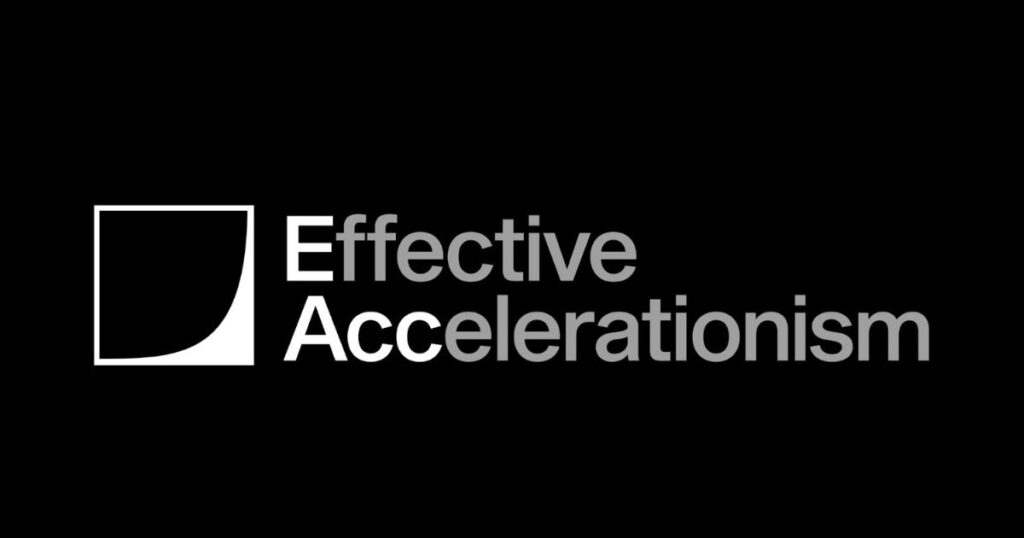On March 25, 2025, OpenAI unveiled a major update to its GPT-4o model, integrating an ultra-powerful image generation capability. This announcement sparked a storm of excitement on Twitter, where users are sharing their reactions, tests, and predictions. This new model, replacing DALL-E 3 and boosting the performance of ChatGPT and Sora, promises more realistic renders and an intuitive interaction with AI. Why this frenzy? How does this innovation redefine expectations? A breakdown of a phenomenon shaking the web.
An Announcement That Rocks Twitter
Sam Altman Lights the Fuse
Sam Altman, CEO of OpenAI, dropped the bombshell on Twitter on March 25, 2025. He revealed that GPT-4o now includes an image generation capability surpassing anything seen before. Users reacted instantly. Thousands of tweets flooded the platform, blending excitement and curiosity. “This is the best image model I’ve ever seen,” raves Allie K. Miller, an AI expert, in a post with visual examples. Twitter has become the stage for an uncontrollable buzz.
Early Tests Create a Sensation
Plus, Pro, Team, and even Free subscribers are already accessing this feature in ChatGPT. They’re sharing stunning creations: visual poetry, photorealistic renders, complex diagrams. One user tweets: “I asked for a chart, tweaked it twice, and boom, perfection!” The speed and precision impress. Sora, OpenAI’s video tool, also benefits from this update. 1080p generated videos are circulating on Twitter, amplifying the hype.
Why Is This Model Generating So Much Buzz?
A Direct Response to the Competition
Google recently opened Gemini 2.0 Flash to everyone for image generation. OpenAI strikes back with GPT-4o. This titanic duel captivates Twitter users. “OpenAI isn’t letting Google breathe,” comments one user. The race for generative AI intensifies. This new model doesn’t just keep up—it aims to dominate. Its multimodal capabilities—text, image, and soon video—position OpenAI as an undisputed leader.
Realism That Defies Imagination
GPT-4o produces strikingly realistic images. Users marvel at details once exclusive to specialized tools. “It looks like a photo, not AI,” reads a viral tweet. This breakthrough narrows the gap between human and artificial creation. Twitter is flooded with comparisons to DALL-E 3, highlighting clear improvements in textures, colors, and consistency. Content creators see it as a revolution.
Twitter Reactions: Between Hype and Debate
A Community in a Frenzy
Hashtags like #GPT4o and #OpenAI are exploding. Digital artists are testing the model’s limits. Developers are exploring the API, available from launch. “This is a game-changer for pros,” claims a coder on Twitter. Memes abound too. One user jokes: “My boss will replace me with GPT-4o, it does everything better!” Humor pairs with admiration, a sign of collective excitement.
Ethical Questions Emerge
Not everything is rosy. Some tweets raise concerns. The training of AI on copyrighted data resurfaces. “Who pays the original creators?” asks one user. OpenAI promises collaborations with content producers, but doubts linger. Twitter becomes a debate space. The hype coexists with critical reflection on this technology’s impact.
What Impact for the Future of Generative AI?
Accessibility That Democratizes Creation
OpenAI makes this update available to all ChatGPT users. Even free accounts can generate images. Sora will follow soon. This strategy contrasts with Google, which still restricts Veo. “AI for everyone, it’s happening now,” tweets a fan. SMEs, independent artists, and students are already adopting the tool. Twitter reflects this mass adoption, with use cases ranging from logos to illustrations and prototypes.
Toward a More Intuitive AI
GPT-4o doesn’t just create. It adjusts images on demand. Users describe a seamless experience. “I tweak, it understands, it delivers,” sums up a tweet. This interactivity marks a turning point. AI becomes a creative partner. Twitter users predict even deeper integration: dynamic video, 3D, sound? OpenAI seems to be paving the way for a fully multimodal AI.
Twitter, a Mirror of a Technological Revolution
An Amplifier of Emotions
Twitter amplifies every OpenAI announcement. The release of GPT-4o is no exception. Retweets exceed 10,000 within hours. Tech influencers like Marques Brownlee fuel the buzz. “If you thought DALL-E 3 was crazy, wait till you see this,” he writes. The platform captures raw reactions: joy, skepticism, creativity. It reflects the pulse of public opinion.
Competitors Under Pressure
Mistral, Anthropic, and DeepSeek are watching. Twitter buzzes with speculation. “Will DeepSeek strike back?” asks a user. China accelerates its open-source efforts, but OpenAI maintains a lead. Tweets already compare GPT-4o to Grok 3 from Elon Musk. The AI battle spills onto the social network. Every player must innovate to stay in the race.
What’s Next for OpenAI?
Clues in Sam Altman’s Tweets
Sam Altman remains active on Twitter. He teases “unmentioned surprises” for 2025. Users speculate: GPT-5? A general AI? “He’s hiding something big,” tweets a follower. After the o3 and o1 models, OpenAI aims high. Twitter becomes a soundboard for these expectations. Fans dissect every word from the CEO.
Adoption Accelerates
Companies are adopting GPT-4o via the API. Tweets highlight real-world cases: marketing, design, education. “We generated a campaign in 10 minutes,” shares a startup. Educational institutions will follow in April. Twitter anticipates a snowball effect. OpenAI’s AI is infiltrating everything, and users want more.
Conclusion: Twitter at the Heart of the Hype
The release of GPT-4o’s new image model has set Twitter ablaze. Users celebrate a technology that pushes the boundaries of possibility. They also debate its impact. This buzz reflects the growing importance of generative AI in our lives. OpenAI isn’t stopping here. The next announcements, teased for 2025, promise even more. Twitter will remain the barometer of this revolution. Follow the hashtags, test the model, and dive into this wave of innovation!


